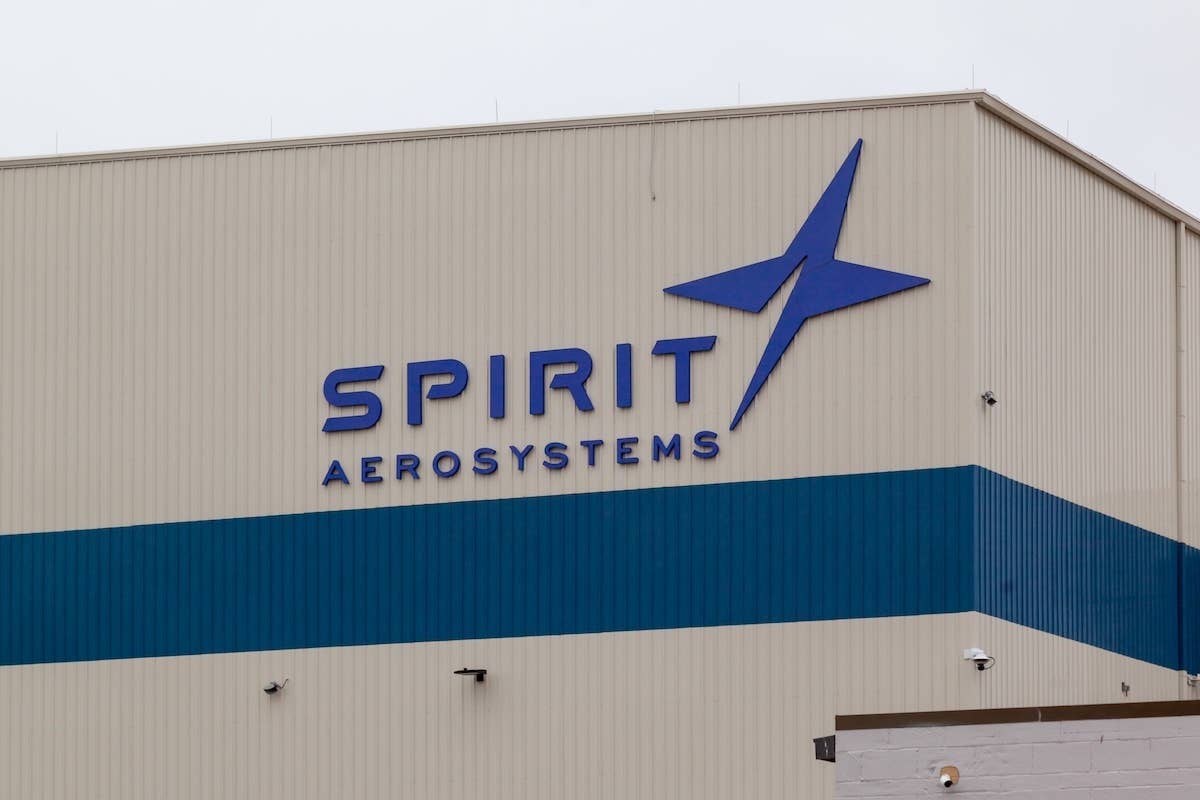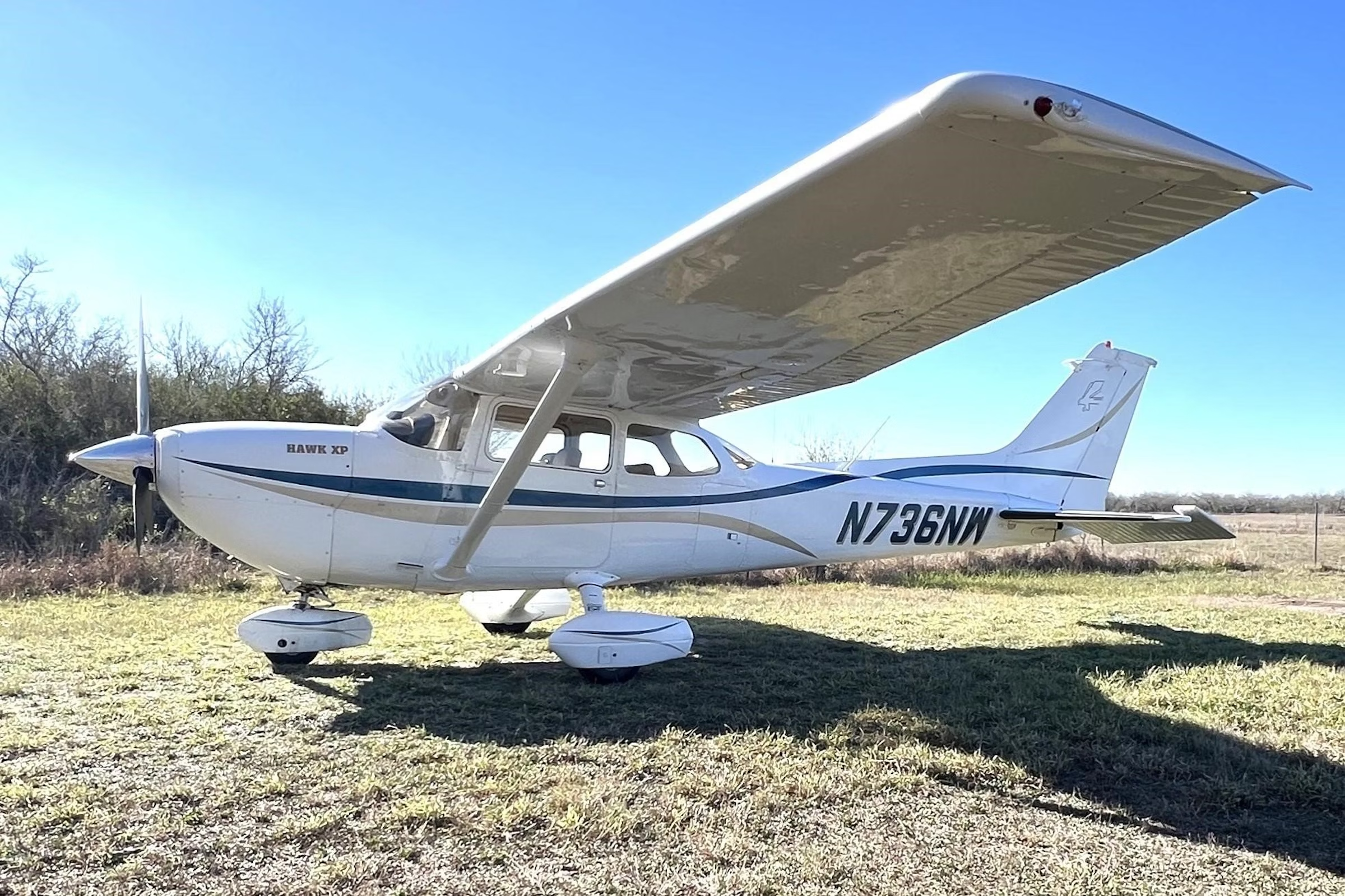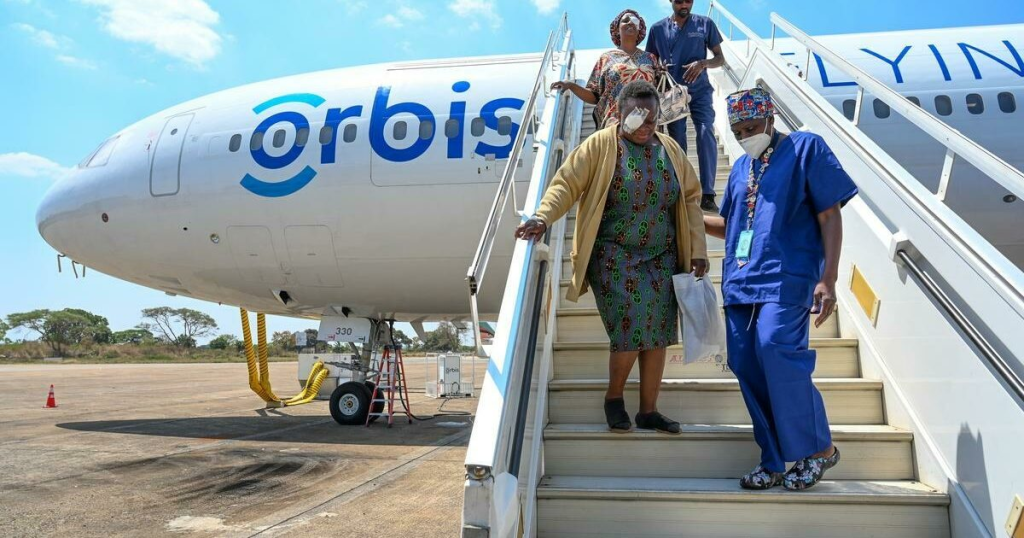
(August 2011) At the end of my previous article I wrote that "pressure is at the heart of most accidents." As I read through the final proof copy of that article, it struck me that there is more to the story than that. Even though pressure seems to be a significant factor in many accidents, there are plenty of pilots who experience intense pressure during a flight but don't give in to that pressure. Pressure isn't really a problem unless we let it affect our reasoning and decision making. People who are feeling a lot of pressure may resort to wishful thinking, analyzing the situation according to what they would like the outcome to be rather than carefully assessing available data and considering potential consequences of all courses of action. Sometimes the person is merely biased toward the desired solution, but in extreme cases the person's brain may actually block evidence contrary to the desired outcome. This can easily lead to decisions that would make no sense to someone analyzing the available information without any pressure influencing judgment.
There is another factor that can greatly increase the likelihood of this happening — fatigue. People who are tired are not going to be able to think as clearly as when they are fresh and well rested. Thinking takes an amazing amount of energy, especially in a critical situation when a decision must be made under pressure without all the necessary or desired information. In that kind of situation, it is very easy for fatigued people simply to give in and take the path toward the outcome they most desire, hoping that "everything will work out OK."
The crash of a corporate jet on an aborted landing illustrates the potentially deadly outcome of pressure, fatigue and wishful thinking. There were a number of disturbing items in the NTSB report. For example, the crew had apparently not even checked the en route or arrival weather before or during the flight, and they did not seem concerned when the destination AWOS reported thunderstorms and lightning in all quadrants, or even when the controller asked if they saw extreme precipitation 20 miles straight ahead.
When the controller said that he “couldn’t even give them a good recommendation” and asked for their intentions, the crew didn’t seem at all worried. The captain replied that he had it “clear for another 40 miles,” and shortly after that remarked to the copilot that he “could not see the weather out there anymore.” Since the cockpit voice recorder recorded the sound of increased background noise consistent with rain hitting the windscreen, it is likely they were experiencing either attenuation or a problem with the radar, but they totally disregarded the disconnect between the radar screen and what was actually happening.
Instead of initiating a serious discussion about the deteriorating conditions, the captain in effect made fun of the controller, commenting to the copilot, “What do you mean ‘what are my intentions?’ Get me around this … so I can go to the field. … I ain’t gonna turn around and go home.” The crew seemed to become fixated on getting to the field as quickly as possible to try to get in ahead of the worsening weather. After one communication from the controller, the captain said, “I didn’t really hear what he was sayin’ … whether we’re on approach control. …What difference does it make? All I care is above 10 [thousand feet] and we go fast so we can get around this … thing.”
When the approach controller reported a couple of heavy storm cells were located about five miles north and northeast of the destination, the copilot commented to the captain, “The sooner you get us there, the better!” The captain again seemed to make light of what the controller was telling them, saying, “You know when they start sayin’ this stuff, it’s like are you trying to tell me something … because I’m not gettin’ it,” followed by laughter and a comment by the copilot, “Why don’t [they] just get us to the field?”
Despite the worsening weather and the fact that they were landing on a 5,500-foot ungrooved runway at an uncertified and uncontrolled airport, the crew failed to carefully plan the approach. For the approach briefing, the captain merely stated, “It’s gonna be the ILS to 30,” with no discussion of the weather, the importance of monitoring the winds on the FMS, or go-around and missed approach procedures. During the approach the copilot spent a considerable amount of time trying to contact the FBO at the destination to arrange for fuel. He was finally successful when they were only eight miles out and three minutes from touchdown. Then, instead of focusing on the final two minutes of the approach, the copilot briefed the captain on what they were supposed to do about the passengers and the fuel.
When they landed on the wet, downhill sloping runway, they had almost a 6-knot tailwind. After touchdown, the captain inadvertently selected the airbrake handle to “open” rather than “dump,” with the result that they did not experience the full effect of the lift dump system until he corrected his error seven seconds later. Approximately 15 seconds after touching down it must have become obvious to the captain that they would not be able to stop before the end of the runway, and he gave in to the ultimate example of wishful thinking, saying “flaps” to the copilot as he added full power and attempted to take off again with very little runway remaining. The airplane lifted off the ground about 978 feet past the end of the runway before colliding with the localizer antenna support structure. Both pilots and all six passengers died in the crash.
As I read this accident report, it struck me how similar it was to other accidents I have written about. In this case, a captain who was described as “serious and meticulous” by his co-workers exhibited uncharacteristic behavior such as poor planning, poor monitoring and almost nonexistent leadership, resulting in a critical performance failure and a deadly decision. Once again the NTSB determined that fatigue was one of the probable causes of this accident. To a certain extent this is surprising because neither pilot had flown for several days prior to the accident. However, the NTSB report stated that “both pilots showed evidence of untreated sleep difficulties that made them especially vulnerable to fatigue.”
Even though they knew they had to get up early for a 6 a.m. departure, neither pilot attempted to get to bed early so he could get enough sleep to be well rested the following day. The captain stayed up until midnight playing poker, so he got less than five hours’ sleep. The copilot’s fiancée said that he sometimes had trouble sleeping the night before a flight, and he took one of his fiancée’s Ambien pills to help him sleep only 10 hours before the accident. While the FAA allows the use of Ambien, it must not be taken more than twice a week and the pilot “should not operate an aircraft for 24 hours after taking it.”
It is gratifying that the NTSB and others are becoming aware of the insidious nature of fatigue, and how even one night with less than adequate sleep can have a significant effect on a pilot's crew coordination and overall performance. It is critical for each of us to take fatigue seriously. It is our responsibility as pilots to ensure that we get enough sleep, and to treat any flights we take without adequate rest as critical situations requiring maximum alertness with careful planning and strict adherence to all briefings and other procedures. This will help us to sense when pressure might be affecting our judgment and fight any tendency toward wishful thinking.

Sign-up for newsletters & special offers!
Get the latest FLYING stories & special offers delivered directly to your inbox






